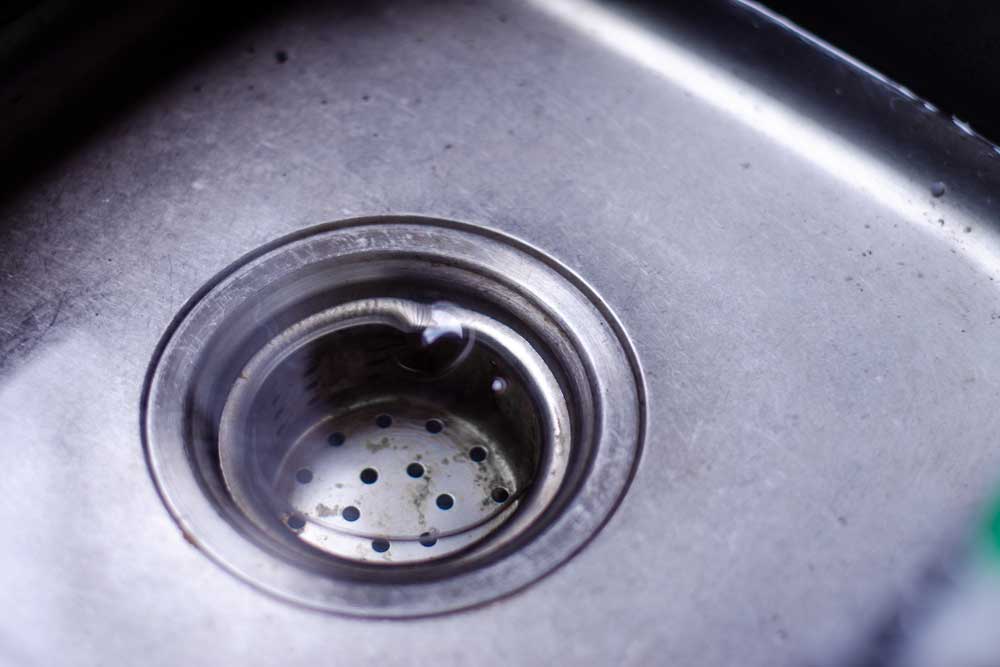
Austenitic Stainless Steel: stainless steel with austenitic microstructure at room temperature. When the steel contains about 18% Cr, 8%-10% Ni, and about 0.1% C, it features a stable austenitic structure. Austenitic chromium-nickel stainless steel entails the famous 18Cr-8Ni steel, and the high Cr-Ni series steel developed on this basis by increasing Cr, Ni content and adding Mo, Cu, Si, Nb, Ti and other elements. Austenitic stainless steel is non-magnetic and features high toughness and plasticity, but its strength is relatively low. It is impossible to strengthen it by phase transition, but can only be strengthened through cold machining. If elements such as S, Ca, Se, Te, etc. are added, it will have good machinability. Apart from corrosion resistance to oxidized acid medium, this kind of steel also features corrosion resistance to sulfuric acid, phosphate and formic acid, acetic acid, urea, etc, if Mo, Cu, etc. is added. If Ti and Ni are increased or if the carbon content is less than 0.03%, the intergranular corrosion resistance of this kind of steel will be improved remarkably.
1Cr17Mn6Ni5N, also named 201, is a kind of nickel-saving steel. It can be used as a substitute to 1Cr17Ni7. The steel will become magnetic after cold drawing. It is widely used for railway vehicles.
1Cr18Mn8Ni5N, also named 202, is a kind of nickel-saving steel. It can be used as an alternative to 1Cr18Ni9.
1Cr17Ni7, also named 301, features high strength after cold drawing. It is widely used in railroad vehicles, conveyors, bolts and nuts.
1Cr18Ni9, also named 302, features high strength after cold drawing, but its elongation rate is inferior to 1Cr17Ni7(301). It is widely used for building-industry decoration parts.
Y1Cr18Ni9, also named 303, features high cutting performance and good resistance to erosion and burn-off. It is quite suitable for automated lathes, bolts and nuts.
Y1Cr18Ni9Se, also named 303Se, features high cutting performance and good resistance to erosion and burn-off. It is quite suitable for automated lathes, rivets and screws.
0Cr18Ni9, also named 304, is the most common and widely used heat-resistant steel. It is applicable to food equipment, chemical equipment, as well as atomic energy industry.
00Cr18Ni10, also named 304L, in comparison with 0Cr18Ni9 (304), contains less carbon, with better intergranular corrosion resistance. It does not necessitate heat treatment after getting welded.
0Cr19Ni9N, also named 304N, comes from 0Cr18Ni9 with N added in. Its strength is improved without decreasing its malleability. Material consumption will be less because of reduced thickness. It is widely applied as strong structural parts.
0Cr19Ni10NbN also named XM21 or S30452, comes from 0Cr18Ni9 with N and Nb added in. It has the same features and applications as 0Cr18Ni9.
00Cr18Ni10N, also named 304LN, comes from 00Cr18Ni10 with N added in. It embodies the same features and applications, but has better intergranular corrosion resistance.
1Cr18Ni12, also named 305, works on the hardening performance. It is used for spinning, special drawing and cold pier.
0Cr23Ni13, also named 309S, features better corrosion resistance and heat resistance than 0Cr18Ni9.
0Cr25Ni20, also named 310S, has better oxidation resistance than 0Cr23Ni13. It is used as heat-resistant steel.
0Cr17Ni12Mo2, also named 316, has better corrosion resistance than 0Cr18Ni9 when exposed to sea water or other mediums. It is widely used as pitting corrosion resistant steel.
0Cr18Ni12Mo2Ti, also named 316Ti, features good intergranular corrosion resistance. It is widely used for equipment to resist sulphuric acid, phosphoric acid, formic acid, acetic acid.
00Cr17Ni14Mo2, also named 316L, is the low-carbon version of 0Cr17Ni12Mo2 with better intergranular corrosion resistance.
0Cr17Ni12Mo2N, also named 316N, comes from 0Cr17Ni12Mo2 with N added in. Its strength is improved without reducing its malleability. Material consumption will be less because of reduced thickness. It is widely used as strong structural parts with good corrosion resistance.
00Cr17Ni13Mo2N, also named 316LN, comes from 00Cr17Ni14Mo2 with N added in. It embodies the same features and applications, but has better intergranular corrosion resistance.
0Cr18Ni12Mo2Cu2 features better corrosion resistance and pitting corrosion resistance than 0Cr17Ni12Mo2. It is mainly used for sulphuric acid resistant equipment.
00Cr18Ni14Mo2Cu2 is the low-carbon version of 0Cr18Ni12Mo2Cu2 with better intergranular corrosion resistance.
0C19Ni13Mo3, also named 317, features better pitting corrosion resistance than 0Cr17Ni12Mo2. It is widely used for dyers.
00Cr19Ni13Mo3, also named 317L, is the low-carbon version of 0Cr19Ni13Mo3 with better intergranular corrosion resistance.
0Cr18Ni16Mo5, is used for heat exchanger absorbing chlorine liquid, acetic acid equipment, phosphoric equipment, bleaching equipment and others where 00Cr17Ni14Mo2 and 00Cr17Ni13Mo3 could fail.
1Cr18Ni9Ti, also named 321, is applied for anti-magnetizing equipment, medical devices, acid resistant container, pipeline, other equipment and parts.
0Cr18Ni11T also named 321Ti, is added with Ti to enhance intergranular corrosion resistance. It is not recommended to use as decoration parts.
0Cr18Ni11Nb also named 321Nb, is added with Nb to enhance intergranular corrosion resistance.
0Cr18Ni13Si4, also named XM15, comes from 0Cr18Ni9 with Ni and Si added in to improve intergranular corrosion resistance. It is used in chlorine extensive environment.
Related
Contact
CIVMATS Co., Ltd. produces the above stainless steel raw materials, please keep following us for more information.
- Company: CIVMATS CO., LIMITED
- Phone: 86-519-81809659
- Fax: 86-519-81809959
- Email: sales@civmats.com
- Address: 10th Floor, Xin Cheng Nan Du, Wujin District, Jiangsu, China
- Website: www.civmats.com

